Hail Damage and Trees

Beware of hail damage on your tree. If your tree is severely damaged from hail do not stand under the drip line (canopy) until it has been professionally assessed by a TRAQ certified arborist and all hazards have been removed.
How does hail damage trees?
Hail creates wounds on bark that cause structural weakness by allowing rotting pathogens to enter, as well as disease and insects.
These wounds often go unnoticed because they are on the top portions of branches and cannot be seen from under the tree.
What to look out for with young trees damaged from hail
Younger trees or trees with thinner bark suffer the most amount of damage in a hailstorm. The effects of this damage will be seen much later in the year. Preventative care is the best and often only option.
What to look out for with evergreen trees damaged from hail
This time of year, evergreen trees (like live oaks and magnolias) will experience the most damage. Most of these trees recently expended their energy with a seasonal leaf exchange, so they will have to use reserve energy to grow new leaves. Evergreens will also have physical damage and be more likely exposed to Oak Wilt from these wounds.

How to care for tree damaged from hail?
Having a certified arborist assess your trees and preform structural pruning to reduce the amount of wounded wood is critical.
If your tree is damaged by the hail storm we recommend being regular with watering this summer because any additional environmental stress will compound health issues for the tree. The vascular system of a tree is under the bark layer and when this is damaged, the tree will have a reduced ability to uptake water and preform photosynthesis.
In addition we recommend a soil amendment/ fertilization program for stressed and drought effected trees. When providing a tree with proper nutrients one must use a mild organic based fertilizer with low nitrogen.

How does hail damage trees? Weakened trees are more susceptible to disease, insects, and other pathogens. Each additional stress a tree incurs will diminish its health. Call today to schedule an assessment with one of TRAQ certified arborists.
Related Blogs
Similar blogs related to this topic


Facts About Home Insurance & Trees
It’s becoming way too common, especially in Texas, homeowners receiving a threatening letter from their insurance company to drastically remove all tree limbs over a structure to prevent them from falling onto the house. Don’t…
Read more

Avoid These Tree Care Mistakes for a Healthy Landscape
Below is a list of overlooked mistakes that could jeopardize the health of your trees. From missteps in pruning to incorrect watering practices, discover how to give your trees the care they deserve. Red oak…
Read more

10 Tips from Your Local Arborist to Enhance Your Tree’s Health
Trees are an integral part of our environment, providing shade, beauty, and clean air. As living organisms, they require care and attention to thrive. Who better to offer advice than your local arborist? Here are…
Read more
